Tag: sedation
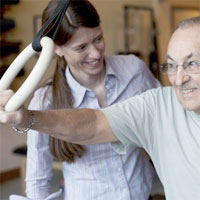
Continuing Rehabilitation After ICU Discharge
This article discusses technological innovations that promote survival and enhance recovery, starting within the ICU with developments in ventilation, sedation, early mobility and ICU design. Post-ICU, the establishment of... read more
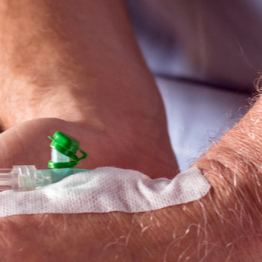
Post-ICU syndrome signals need for better transition between life-saving care and return to life
Studies show that there are a range of reactions to a stay in the ICU, from the physical wasting that patients experience when they're prone and immobilized to the emotional problems that can come with surviving a near-death... read more

Conscious Sedation in TAVR Linked to Lower Mortality and Shorter Hospital Stays
The study, which captured approximately 90% of all patients who underwent TAVR in the United States during the study period, adds to a limited evidence base on the use of conscious sedation in this setting. Among those treated... read more

Benzodiazepines and Delirium in ICU Patients
We have learned an extraordinary amount about ICU delirium over the last 2 decades, which is associated with increased duration of mechanical ventilation, length of hospital stay, long-term cognitive impairment, and mortality... read more

Analgosedation practices and the impact of sedation depth on clinical outcomes among patients requiring mechanical ventilation
Analgesia and sedation are cornerstone therapies for mechanically ventilated patients. Despite data showing that early deep sedation in the intensive care unit influences outcome, this has not been investigated in the emergency... read more

Effect of Noninvasive Ventilation Delivered by Helmet vs Face Mask on the Rate of Endotracheal Intubation in Patients With ARDS
Noninvasive ventilation (NIV) with a face mask is relatively ineffective at preventing endotracheal intubation in patients with acute respiratory distress syndrome (ARDS). Delivery of NIV with a helmet may be a superior strategy... read more

A Novel Computerized Test for Detecting and Monitoring Visual Attentional Deficits and Delirium in the ICU
Delirium in the ICU is associated with poor outcomes but is under-detected. Here we evaluated performance of a novel, graded test for objectively detecting inattention in delirium, implemented on a custom-built computerized... read more
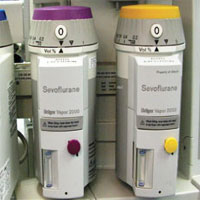
Sevoflurane for Sedation in Acute Respiratory Distress Syndrome. A Randomized Controlled Pilot Study
Sevoflurane improves gas exchange, and reduces alveolar edema and inflammation in preclinical studies of lung injury, but its therapeutic effects have never been investigated in acute respiratory distress syndrome (ARDS).... read more
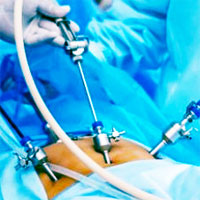
Obese Have Less Respiratory Insufficiency Than Nonobese During Endoscopy
Obese patients showed less respiratory insufficiency (RI) than their nonobese counterparts during endoscopic surgery, according to a new study. The result was counterintuitive. Because of their higher rates of obstructive... read more

New Study: Economic Cost to Surviving ARDS
Research published today in the American Journal of Respiratory and Critical Care Medicine sheds light on the economic toll on survivors of acute respiratory distress syndrome. Nearly 50% of survivors who worked before they... read more
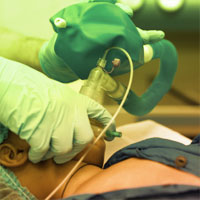
FDA Approves Label Changes for Pediatric General Anesthetic and Sedation Drugs
The FDA has approved labeling changes regarding the use of general anesthetic and sedation medicines in children younger than 3 years. General anesthetic and sedation drugs are necessary for patients, including young children... read more

Rocketamine vs. Keturonium for Rapid Sequence Intubation
Airway management is a detail-oriented sport. Minor nuances of patient positioning can be essential. Or gentle laryngeal manipulation. Apneic oxygenation can improve first-pass success. Placing the pulse oximeter on the... read more

The Confusion Assessment Method for the ICU-7 Delirium Severity Scale
Delirium severity is independently associated with longer hospital stays, nursing home placement, and death in patients outside the ICU. Delirium severity in the ICU is not routinely measured because the available instruments... read more

The association of sleep quality, delirium, and sedation status with daily participation in physical therapy in the ICU
Poor sleep is common in the ICU setting and may represent a modifiable risk factor for patient participation in ICU-based physical therapy (PT) interventions. This study evaluates the association of perceived sleep quality,... read more







